📅 Published on: 23.09.2025
Table of Contents
ToggleEMRS PGT Physics Syllabus 2025 Pdf Download

The EMRS PGT Physics syllabus is an essential guide for candidates preparing for the Post Graduate Teacher (PGT) Physics exam conducted by Eklavya Model Residential Schools (EMRS). The syllabus is designed to test both subject knowledge and teaching aptitude. To excel, candidates must have a strong grasp of Physics concepts along with general awareness, reasoning, and communication skills. Understanding the detailed syllabus and exam pattern is the first step toward effective preparation.
EMRS PGT Physics Exam Pattern
The EMRS PGT exam consists of multiple sections. Here’s the pattern:
- Mode of Exam: Online (Computer-Based Test)
- Type of Questions: Objective (MCQs)
- Total Marks: 150
- Time Duration: 3 hours
- Marking Scheme: +1 for each correct answer, no negative marking
Section | Subject/Topic | Marks |
Part I | General Awareness | 10 |
Part II | Reasoning Ability | 20 |
Part III | Knowledge of ICT | 10 |
Part IV | Teaching Aptitude | 10 |
Part V | Subject-Specific (Physics) | 80 |
Part VI | Language Competency (English & Hindi) | 20 |
Total | 150 | |
Download EMRS PGT Physics Syllabus 2025
The Physics section carries the highest weightage (80 marks). Major topics include:
- Mechanics – Laws of motion, work-energy theorem, rotational motion, gravitation.
- Waves & Oscillations – SHM, wave equation, sound waves, Doppler effect.
- Thermodynamics & Kinetic Theory – Laws of thermodynamics, heat transfer, entropy.
- Electrostatics & Current Electricity – Coulomb’s law, Gauss theorem, capacitors, Ohm’s law, Kirchhoff’s laws.
- Magnetism & Electromagnetic Induction – Ampere’s law, Faraday’s law, AC circuits.
- Optics – Reflection, refraction, interference, diffraction, polarization, optical instruments.
- Modern Physics – Photoelectric effect, atomic models, nuclear physics, semiconductors.
- Electronics – Diodes, transistors, logic gates, digital electronics basics.
- Mathematical Methods – Differential equations, vectors, matrices (as applicable to Physics).
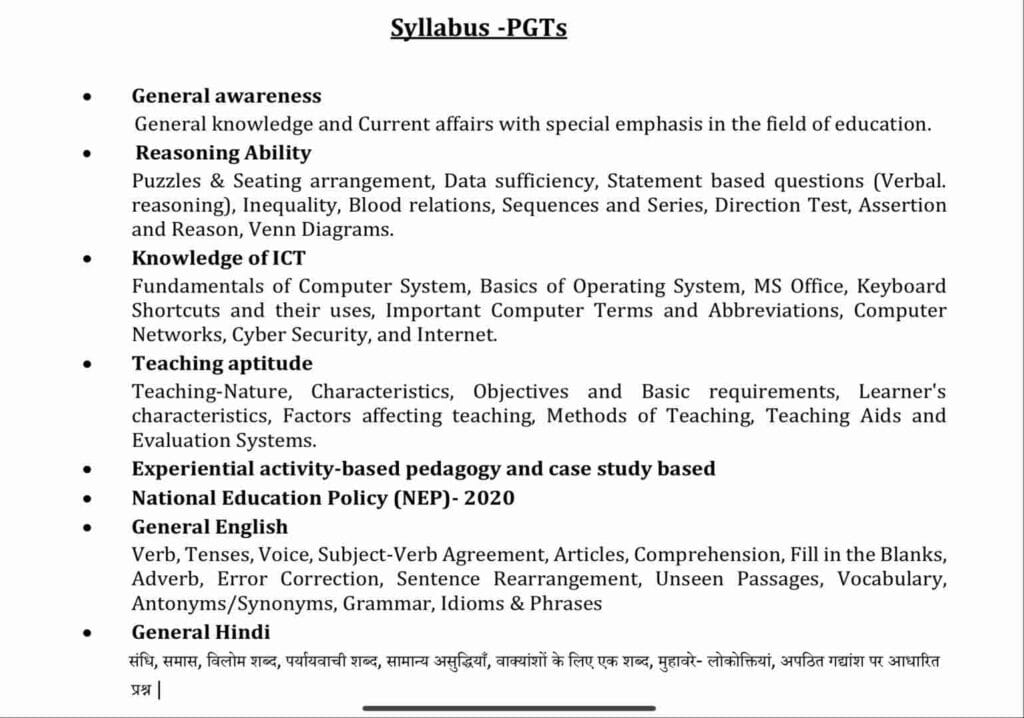
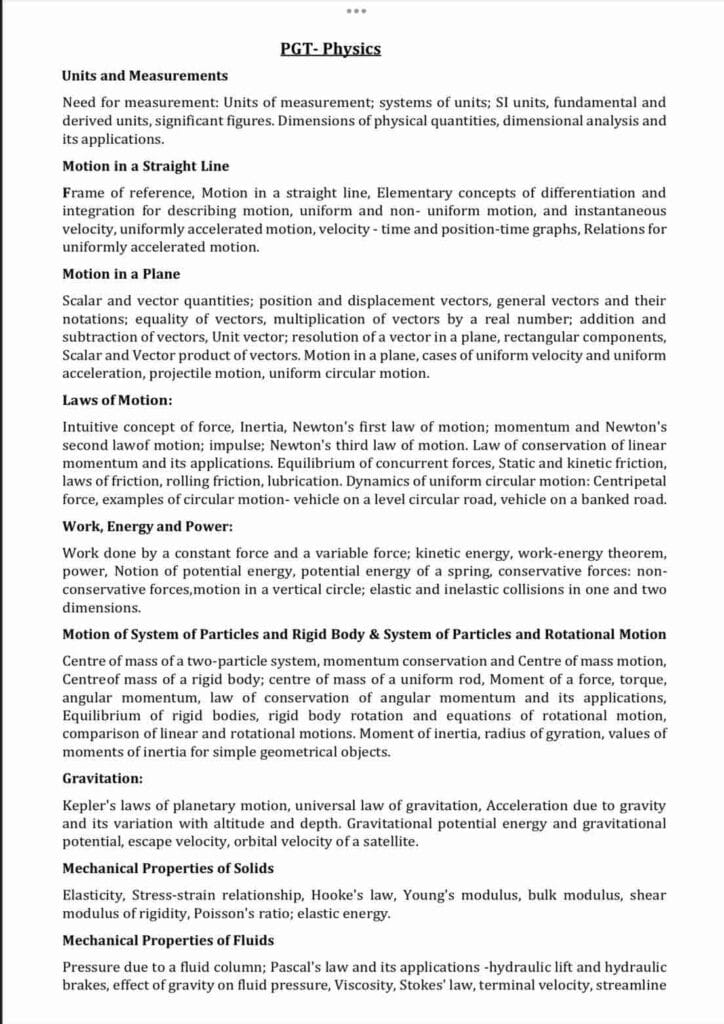
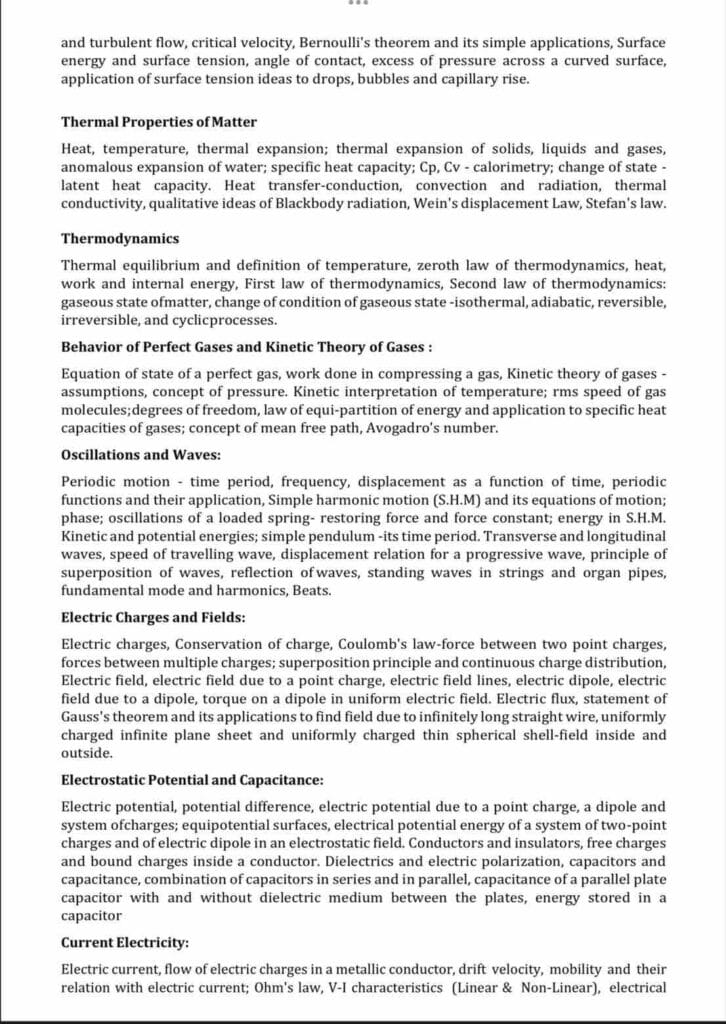
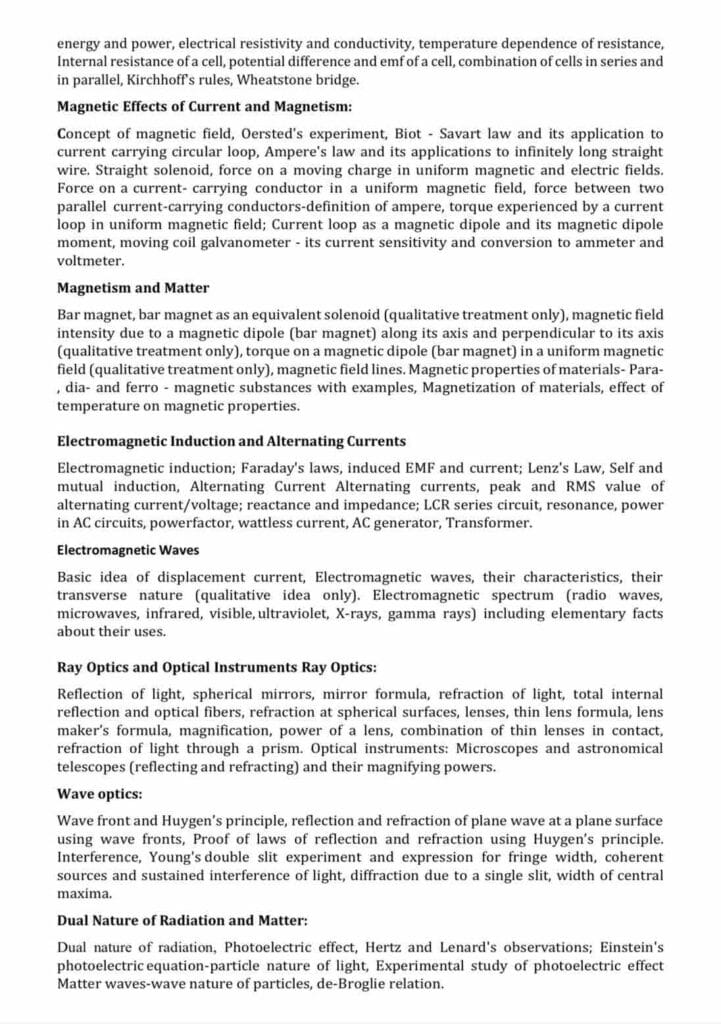
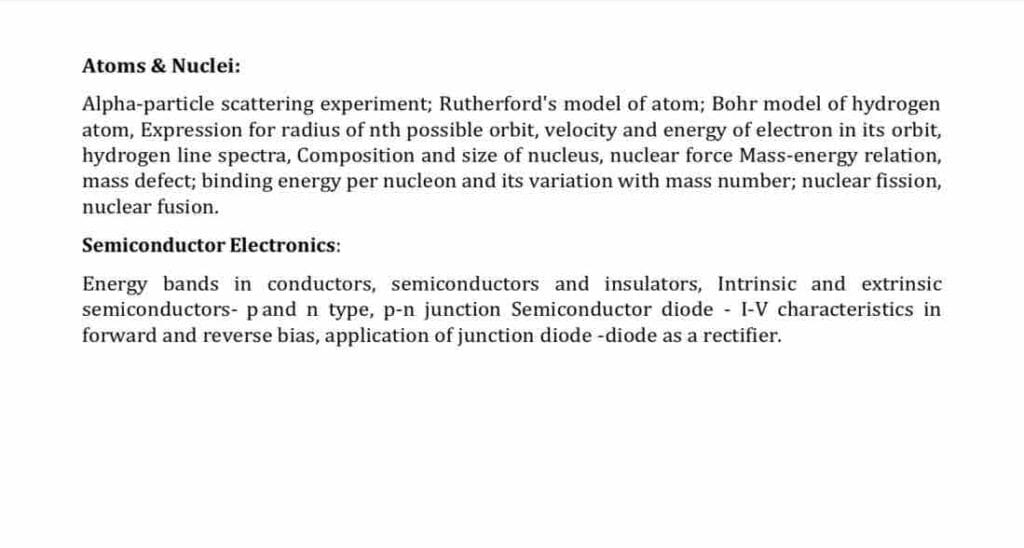
EMRS PGT Physics Cut Off – Category-wise
The EMRS PGT Physics cut off (category-wise) varies each year based on paper difficulty and vacancies. In the previous exam, the cut off was around 64.75 for General, 55–56 for OBC/SC, and about 44 for ST candidates, while EWS candidates had a cut off near 33 marks. These numbers show that reserved categories usually have a lower qualifying benchmark compared to the General category.
Category | Cut-Off Marks (PGT Physics, 2023) |
General / UR | 64.75 |
OBC | 55.00 |
SC | 55.50 |
ST | 44.25 |
EWS | 33.50 |
Other categories (PWD etc) * | 56.75, 54.75, 32.75, 29.00 |
Up pgt previous year paper
Recommended PYQs Books for EMRS PGT Physics
- EMRS PGT/TGT Previous Year Question Papers – Arihant Experts
- EMRS PGT Physics Previous Year Solved Papers – R. Gupta’s Series (Ramesh Publishing House)
- KVS/NVS/EMRS PGT Physics Previous Year Papers – Oswaal Publications (useful since syllabus & pattern are quite similar)
- Edugorila EMRS PGT PYQs with Solutions – Edugorila Publications
- NVS PGT Physics Solved Papers – Upkar Prakashan (helpful as NVS and EMRS have overlapping syllabus & style)
Preparation Tips for EMRS PGT Physics
1. Know the syllabus thoroughly
The first step is to carefully analyze the EMRS PGT Physics syllabus and mark the topics according to their weightage. Subjects like Mechanics, Electricity & Magnetism, Modern Physics, and Optics often carry more marks. Create a topic-wise study plan, dividing your time based on importance and your comfort level. Keep the syllabus printed/PDF handy to avoid wasting time on irrelevant topics.
2. Revise NCERTs first
NCERT Class XI and XII Physics textbooks are the foundation of the exam. Many EMRS questions are either directly concept-based or adapted from NCERT examples. Read NCERTs line by line, underline key definitions, laws, and derivations. For Modern Physics, Optics, and Thermodynamics, NCERT explanations are often sufficient. Once NCERTs are strong, move on to reference books for problem practice.
3. Practice numerical problems
Physics is not just theory—solving problems builds application skills. Use:
- H.C. Verma for conceptual numericals.
- I.E. Irodov for advanced problem-solving.
- DC Pandey (Objective Physics) for MCQs similar to EMRS exam level.
Daily practice of at least 20–30 numerical questions will improve both accuracy and speed. Focus especially on Electricity, Mechanics, and Modern Physics as numericals are frequently asked in these areas.
4. Attempt mock tests
Mock tests simulate the real exam environment. They help you:
- Build time management skills (150 questions in 180 minutes).
- Analyze your weak topics by reviewing wrong answers.
- Improve your accuracy and speed with practice.
Start with sectional tests (Physics-only), then move to full-length EMRS PGT mock papers weekly. Reviewing mistakes after each test is more important than just attempting them.
5. Focus on teaching aptitude & reasoning
While Physics carries the maximum weightage, you cannot ignore Teaching Aptitude, Reasoning, ICT, and General Awareness. Even if you score well in Physics but miss these sections, selection chances drop.
- For Teaching Aptitude: Read books like “Teaching Aptitude & Education Psychology” by R. Gupta or Arihant.
- For Reasoning: Practice from R.S. Aggarwal or Arihant Reasoning.
- For ICT & General Awareness: Prepare basics of computers, internet, and current affairs.
Give at least 30–40 minutes daily to these non-subject sections.
6. Prepare short notes & formulas
Physics involves many formulas, definitions, and laws. Preparing short notes will:
- Help in quick revision before exams.
- Save time by consolidating key points in one place.
- Boost memory retention through repeated self-revision.
Make formula sheets chapter-wise (Mechanics, Optics, Electricity, etc.), and revise them daily for 15–20 minutes.
EMRS SYLLABUS AND PYQS
FAQs
Q1. Where can I get the official EMRS PGT Physics syllabus PDF?
The official EMRS PGT Physics syllabus PDF is available on the NESTS/EMRS official website. Candidates should always rely on the official source to avoid outdated or incorrect information. Many coaching portals also provide the syllabus, but the official PDF is the most authentic. Downloading it early helps in planning your study schedule properly. Keep both digital and printed copies for quick reference.
Q2. What is the weightage of Physics in the EMRS PGT exam?
Physics has the highest weightage with 80 marks out of the total 150. This means more than half of your preparation time should be devoted to subject knowledge. The questions test conceptual clarity, problem-solving, and application. Strong preparation in Physics significantly boosts your overall score. Along with Physics, don’t ignore teaching aptitude and reasoning as they can add bonus marks.
Q3. Which books are best for EMRS PGT Physics preparation?
Start with NCERT Physics Class XI & XII for a strong base. Then move to Concepts of Physics by H.C. Verma for conceptual clarity and numerical practice. Fundamentals of Physics by Resnick, Halliday & Walker is excellent for in-depth understanding. For advanced problem practice, use I.E. Irodov. For objective questions, D.C. Pandey (Arihant series) is highly recommended. Combining these covers theory, numericals, and MCQs effectively.
Q4. What is the safe score for selection in EMRS PGT Physics?
The safe score usually ranges above 100 marks depending on category and paper difficulty. For General category, aiming 105–115 ensures better chances. For OBC, SC, and ST candidates, slightly lower scores can also be safe due to reservation cutoffs. However, candidates should always aim higher to stay on the safe side. Analyzing previous year cutoffs helps in setting realistic targets.
Q5. Is there negative marking in EMRS PGT Physics exam?
No, there is no negative marking in the EMRS PGT Physics exam. Candidates get +1 mark for every correct answer while unanswered or incorrect questions do not reduce marks. This policy encourages attempting maximum questions. However, accuracy should still be maintained to avoid random guessing. Attempting confidently after elimination improves your overall score.



